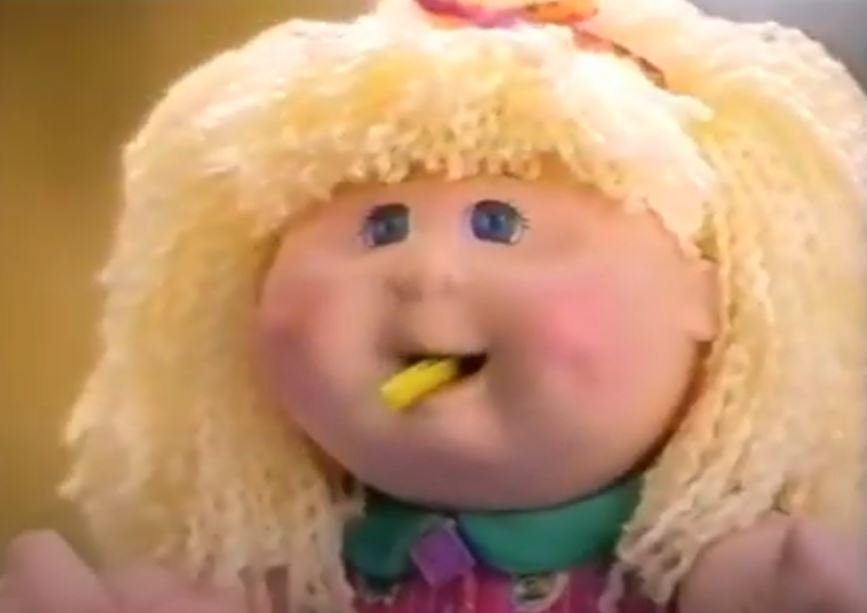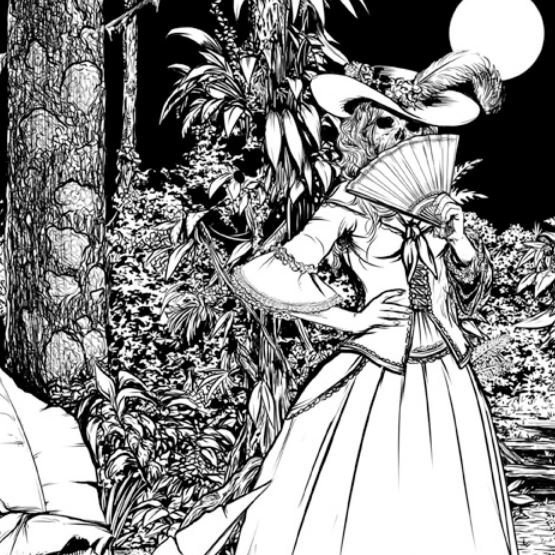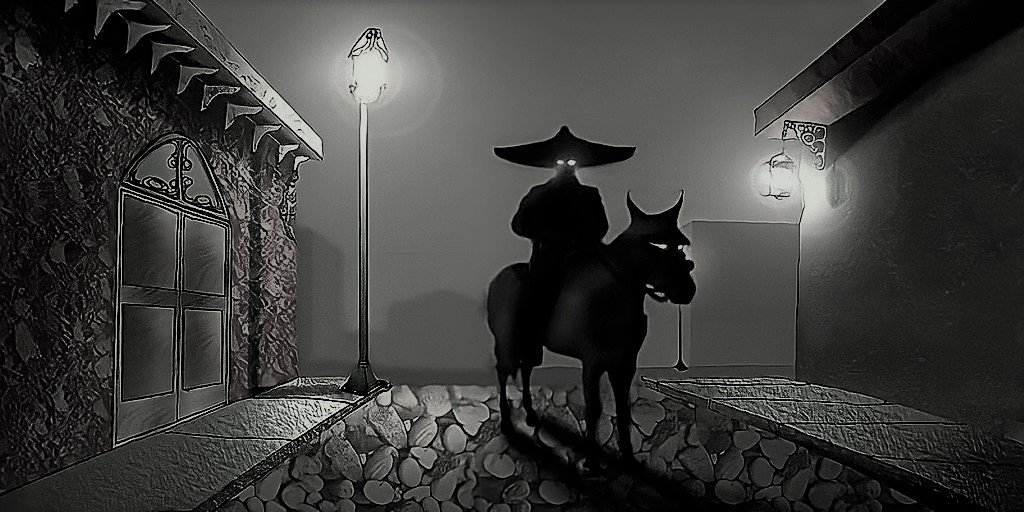The Philip Experiment: Can You Make a Ghost?
The 1931 book With Mystics and Magicians in Tibet by spiritualist Alexandra David-Neel, detailed her experience in creating a tulpa, a phantom conjured up from intense concentration over the course of several months.
The phantom was, for all intents and purposes, a figment of her imagination but she was able to make it real just by willing it. Alexandra had read about the idea of tulpas and other beings called thoughtforms in previous books including Walter Evans-Wentz’s 1927 translation of the Tibetan Book of the Dead.
Other works such as Occultist William Walker Atkinson’s The Human Aura describe these tulpas and thought forms as ethereal beings created from the aura surrounding us, our thoughts, and our feelings.
But for Alexandra it wasn’t ethereal, her tulpa had become a real being and she had lost control of it. She later wrote it took her six months to dissolve her tulpa, erasing it from existence- if it ever existed at all, to begin with.
Yet the idea of tulpas and thought forms caught the attention of a group of parapsychologists in the 1970s who believed they might be able to do the same thing except they wanted to create a poltergeist.
Today we’re looking at the Philip Experiment from the 1970s wherein a group from the Toronto parapsychological research society believed they could create and bring about a poltergeist by simply using their minds. The surprising results of their experiment left many with the question, can you really make a ghost out of thin air?
PART 1 - Philip Aylesford is Born
Witches and War
The mid-17th century was a turbulent time for England, the witch hunts that started in the 15th century were now reaching a dangerous peak with the Puritans coming into power and influence.
To add to the flowing accusations of witchcraft and pacts with Satan, in 1642 the country fell into civil war with the supporters of parliament opposing King Charles I and his supporters. Within the king’s army stood Philip Aylesford, who had led a relatively peaceful life until the start of the war.
Drawing of Philip
Dorothea
Philip was born in 1624 and by the age of 16 had been knighted for his loyalty and military prowess. While out on a King’s errand, he met Dorothea, the beautiful daughter of a nobleman, and after some time, asked for her hand in marriage.
It’s said the moment the marriage was official Dorothea changed, becoming cruel, cold, and distant toward Philip. She was said to cause violent arguments constantly with her soft-spoken husband to the point where he no longer wanted a part in the marriage.
But for the loyal catholic Philip, he would not dare consider divorce. Instead, he spent his days riding around his estate avoiding his wife in order to maintain some peace in his life.
Margo
It was during one of these excursions, Philip came upon a group of traveling Romani people and among them, he met Margo, a woman he believed to be his true love. She was described as a caring woman whose mesmerizing blue eyes could peer into his soul.
The two decided they couldn’t be apart and Philip made a vow to find a way they could be together. In the meantime, he brought Margo to his family’s estate and hid her in the gatehouse. Unfortunately for the two, it didn’t take long for Dorothea to discover the secret affair and she wanted revenge.
Dorothea’s Revenge
She took advantage of the hysteria flowing through the country and formally accused Margo of witchcraft, the punishment of which was death. Margo was arrested and charged. During her trial, Philip stayed quiet, afraid of coming to her defense. He then watched and did nothing as they burned her at the stake.
The events left Philip broken and guilt-ridden. With the Civil Wars over and his true love murdered, he believed he had nothing to live for. In 1654, at the age of 30, Philip Aylesford took his own life.
The life and story of Philip Aylesford is a tragic one, but it’s one that never happened. Philip Aylesford only existed in the minds of eight members of the Toronto Society of Psychical Research who gathered in 1972 to bring him to life. But their goal wasn’t to simply craft a tragic tale, their goal was to believe in the fictional story enough that it would bring his ghost to life.
And according to some, it worked.
PART 2 - Creating a Poltergeist
“Imagination is the beginning of creation. You imagine what you desire, you will what you imagine and at last you create what you will.”
George Bernard Shaw
A Theory
In 1972 Doctor A. R. George Owen and his wife, Iris Owen, had the idea to test out a theory, can ghosts and poltergeists be brought to life with the minds of individuals? As the Chief Parapsychology researcher at the Toronto Society for Psychical Research, Doctor Owen had the resources to test out the theory.
Together they gathered a group of seven more individuals who had never shown any sign of psychic ability and asked them to participate in the experiment. The group consisted of a former chairperson of MENSA in Toronto, an industrial engineer and his wife, a heating engineer, an accountant, a bookkeeper, and a sociology student. Observing the group was psychologist Doctor Joel Whitton.
The group
The group's first task was to create the fictional person they would be trying to bring to life. For weeks they crafted the life and story of Philip Aylesford ensuring his life wasn’t tied directly to any historical individual and all facets of his life were completely fictional.
Belief
Over the next year, the group met weekly and meditated around a table while another asked Philip to appear. The idea was that if the group focused and believed strongly that Philip was a real person and was now a ghost, they could conjure his spirit to answer their questions.
They also agreed they had to maintain a lighthearted and open-minded approach to their experiments. They believed if anyone of them didn’t fully believe they could contact Philip then the negative energy would cause the experiment to fail.
For an entire year, the group had no results.
Philip Arrives
They then decided to change up their tactic and began performing typical 19th-century versions of seances called table-turning hoping the change in format would trigger something to happen. The group sat in a circle around a card table, placed their fingers on the table, and called out to Philip.
Four sessions later they got their first paranormal activity.
During the fourth session when one of the group called out to Philip, the rest claimed they felt a slight vibration under their fingers and then a knock coming from within the table. The group agreed it was Philip reaching out to them.
They asked Philip to knock once for yes, and twice for no. They then proceeded to ask him questions about his life and the world at the time of his death. According to the group, the ghost of Philip was able to answer almost every question accurately.
As time went on and the group’s belief in Philip grew stronger, so did the entity they created. Over the next several sessions Philip was now able to tilt and move the table, sliding it around the room in a playful manner. At one point the group claimed Philip even had control of the lights, could levitate objects including the table, and even whispered answers at times.
Witnesses
Once they were comfortable they invited others to watch their sessions, many left believing the group had succeeded in creating a ghost. Over the next four years, the group were even featured conducting sessions on television and appeared in the news
But by the end of the fifth year of running the experiment, it ended as Doctor Owen felt the group had not or could not succeed in their goal of manifesting Philip as a physical or ethereal being in front of their eyes.
After this, he conducted other experiments with other fictional people and was able to replicate some of the paranormal activity but the experiments were considered inconclusive for the same reason as Philip’s.
The Philip experiment itself faded into obscurity and although others have attempted to replicate the experiment in the following decades many have not been able to recreate the results.
While some believe Doctor Owen proved the potential humans have to tap into psychokinetic abilities to create ghosts and paranormal activity, some believe there are other explanations for what really happened.
PART 3 - Theories
“We believe what we want to believe, and once we believe something, it becomes a self-fulfilling truth.”
Seth Godin
Ghosts and Demons
For those that believe in the paranormal and seances, a theory often floated around, states that the Philip Experiment didn’t actually conjure Philip but, instead, opened a door to allow another playful spirit to pretend to be Philip. Others claim it was a demon but no reasons are provided for these theories.
Looking at the experiment through a more scientific lens there are plenty of other theories and holes in the experiment.
Tricks of the Trade
The 19th century was the height of the spiritualism movement in many English-speaking countries. Many of those who performed seances and claimed to speak with spirits convinced many scientists and inventors that they were actually communicating with the dead. Even when people like Harry Houdini proved many of these tricks were scams, people still refused to see psychics as frauds.
A famous example are the Fox Sisters, three sisters who toured the United States performing seances and speaking to spirits who would respond with knocks on a table. Years into their touring, one of the sisters admitted the entire thing was a scam and showed how it was done by cracking the knuckles on her feet.
But even after her admission, the Fox sisters were still able to fool some into believing they were communicating with the dead and continued touring, albeit to a smaller audience.
One specific trick psychics of the time used during a séance involved a group of participants placing their hands on a table and calling out to a spirit to move the table. Unbelievably after some time, the table would move in various directions. This type of séance became known as table-turning, the same method used in the Philip experiment.
Related Article: The Haunted Phelps Mansion, Stratford, Connecticut
Michael Faraday
Michael Faraday
But the way it works isn’t entirely the fault of a so-called psychic. In 1853 famous scientist Michael Faraday devised an experiment to prove the table was actually being moved subconsciously by those with their hands on it.
He placed glass rollers between two wooden boards on a table and had the participants place their hands on the top board. If a spirit was truly moving the table then the entire contraption and table would move at the same time. If the participants were moving the table then the boards would move first before the table.
To the surprise of those in attendance, the boards moved first despite them saying they weren’t trying to move the boards. This told Faraday the action was subconscious and eventually became known as the ideomotor response.
Ouija Boards
This is actually how Ouija boards work, when people place their hands on the planchette they subconsciously move it to the answer they want without realizing it. It’s even harder to tell it’s happening when multiple people place their hands on the planchette. But you can prove this by having someone use an Ouija board blindfolded, you’ll notice the movement of the planchette is no longer accurate since the user can’t see the letters.
All of this is to say that it’s entirely possible the group performing the Philip experiment were subconsciously moving the table themselves because they truly believed it was a spirit. And the ‘truly believed’ part is an important aspect of the whole thing.
In Michael Faraday’s experiments, once the group involved in the séance realized they had been moving the table the whole time they no longer believed it was a spirit, and the table no longer moved in further seances.
Related Article: The Facts on How Ouija Boards Work
Among Us
Another theory suggests one or more of the group from the Philip experiment were involved in creating a hoax and were the ones cracking their knuckles or knocking on the table to answer in Philip’s place. Since the rest of the group truly believed and were required to believe, they didn’t think twice if something looked off.
It’s entirely possible other tricks were used to create a levitating table, like in the 19th century a participant with a hooked ring attached to the table could easily lift the small card table without anyone realizing it.
When the group was taped performing the séance on television, this would have been hard to see by observers just like it was hard for many to disprove the Fox sisters and other psychics during their tours. On top of this, there were several things the cameras could conveniently never catch on tape, such as the flickering lights or Philip whispering answers.
Despite all of this it’s important to note, that the group did fall into obscurity, they don’t appear to have gained anything from creating a hoax. None became famous afterward and from what I can tell, they didn’t perform the seances for money.
In the decades after, many who believed the experiment was successful in creating a spirit performed their own versions, some say they replicated the results while others weren’t successful.
Other Attempts
In recent years the 2004 Humphrey experiment conducted by the Merseyside Anomalies Research Association of England and the 2007 Skippy experiment conducted in Sydney, Australia both modeled their experiments after Doctor Owen’s.
Both have not shown any proof of successfully creating a spirit.
Other Sources
Philip Experiment Images - historyvhollywood.com
Learn a Little Bit of Everything!
Myths, Mysteries, & Monsters
















